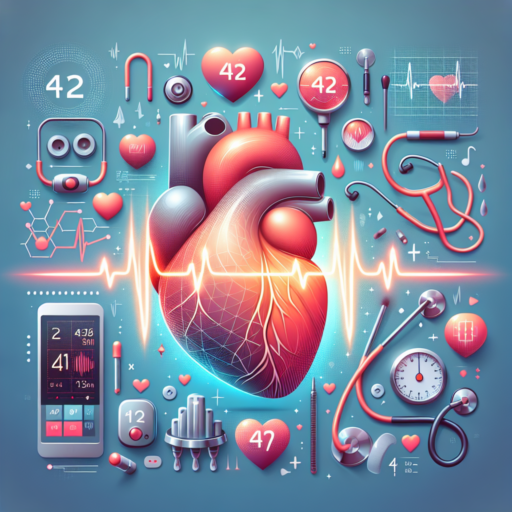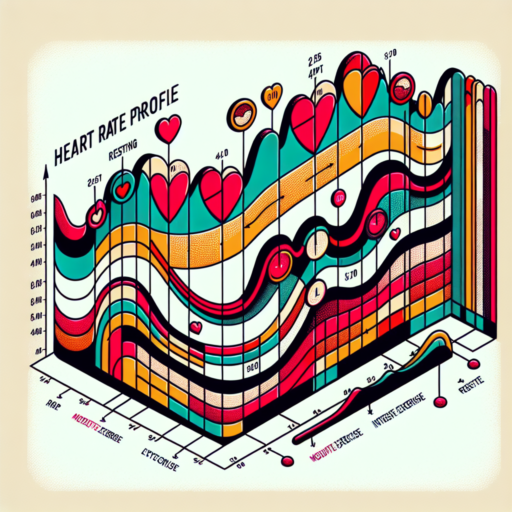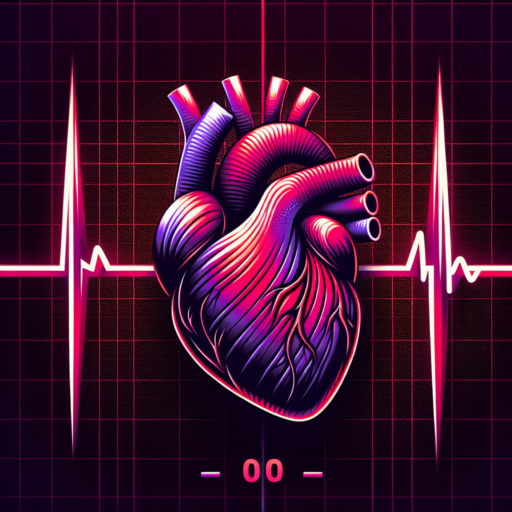Is a heart rate of 42 OK?
Understanding what constitutes a normal heart rate is crucial when assessing overall health and fitness levels. A heart rate of 42 beats per minute (bpm) may raise eyebrows, especially in an era where wearable technology allows us to monitor our vitals with unprecedented ease. But is such a low figure considered safe or even ideal under certain conditions?
For the average person, resting heart rates range from 60 to 100 bpm, with variations influenced by factors such as age, fitness level, and overall health. However, athletes and individuals with a high level of cardiovascular fitness often exhibit lower than average resting heart rates due to their hearts being more efficient at circulating blood. In these cases, a heart rate of 42 bpm could indeed be seen as a marker of an exceptionally well-conditioned heart.
It’s important to differentiate when a heart rate of 42 bmp is a reason for concern. Those not engaged in high levels of physical training might find such a low heart rate surprising. For individuals not accustomed to rigorous exercise or who are experiencing symptoms such as dizziness, fatigue, or shortness of breath alongside a low heart rate, seeking medical advice is crucial. In this context, a heart rate of 42 could indicate bradycardia, a condition characterized by slower than normal heart rate, pointing to potential health issues requiring attention.
Is 42 an average resting heart rate woman?
Understanding the average resting heart rate for women can offer key insights into cardiovascular health. Generally, the normal range for a resting heart rate lies between 60 and 100 beats per minute. A rate of 42 beats per minute might seem unusually low for many, suggesting it falls below the typical average. However, it’s crucial to consider that athletes or individuals with high levels of physical fitness often exhibit lower resting heart rates, demonstrating their heart’s efficiency in pumping blood.
While a resting heart rate of 42 is not average for most women, it doesn’t inherently signal a problem. Various factors such as genetics, activity level, and even medication can influence heart rate. It’s important for women experiencing such low resting heart rates to evaluate how they feel overall. Symptoms like dizziness, fatigue, or feeling faint could indicate that the low heart rate is impacting their body’s ability to circulate blood effectively.
In the context of heart health, it is essential to understand the individual nature of resting heart rate. Women who are concerned about their heart rate, especially if it significantly deviates from the normal range, should consult with a healthcare professional. This will help in determining whether their resting heart rate of 42 is a sign of optimal health or if it necessitates further examination.
Is a heart rate of 40 bad for elderly?
Understanding heart rate dynamics, especially in the elderly, is crucial for maintaining overall health and well-being. A heart rate of 40 bpm (beats per minute) in older adults can often raise concerns. The typical resting heart rate for adults ranges between 60 to 100 bpm, which makes a heart rate of 40 seem anomalously low. However, the impact of such a heart rate varies based on individual health conditions and physical fitness levels.
For some elderly individuals, particularly those who have been engaged in long-term endurance training, a resting heart rate of around 40 bpm could be a sign of good cardiovascular health and high aerobic fitness. These individuals usually have a heart that functions efficiently, pumping a greater volume of blood with each beat more effectively than the average heart. In such cases, a lower heart rate does not necessarily indicate a problem.
On the opposite end, a heart rate of 40 bpm in the elderly could also be indicative of bradycardia, a condition characterized by a slower than normal heart rate. This can be concerning if the low heart rate is accompanied by symptoms such as fainting, dizziness, fatigue, or shortness of breath. These symptoms suggest that the heart might not be pumping an adequate amount of blood to meet the body’s needs.
It is important to consider any underlying conditions, medications, or lifestyle factors that might be contributing to a lowered heart rate. Certain heart medications, like beta-blockers, are known to reduce the heart rate as part of their function. Additionally, underlying cardiac conditions, such as heart block or sick sinus syndrome, could also lead to significantly lower heart rates, warranting medical attention.
No se han encontrado productos.
Is 42 a good heart rate recovery?
When considering heart rate recovery (HRR), the significance of a specific number, such as 42, depends on various factors including age, fitness level, and general health. HRR is the rate at which the heart slows down after exercise. It’s a critical measure in assessing cardiovascular health. A drop of 42 beats per minute could be viewed in different contexts based on individual circumstances.
Generally, a faster decrease in heart rate after stopping exercise indicates better cardiovascular fitness. According to health professionals, an HRR of 15 to 20 beats per minute is standard for most people. However, a more significant decrease like 42 could be seen as exceptional, highlighting an individual’s high level of cardiovascular efficiency. It’s essential to understand that an optimal HRR is often seen in well-trained athletes and individuals who engage in regular, vigorous cardiovascular exercise.
It’s important to note that while a 42 beats per minute decrease in heart rate post-exercise might be excellent for some, it may not be ideal for everyone. Variations in HRR can result from several factors such as age, medication use, and underlying health conditions. Therefore, interpreting HRR values, especially outliers like 42, should always be done in consultation with a healthcare professional. They can provide insights tailored to your health profile, ensuring that your heart rate recovery is interpreted correctly within the context of your overall cardiovascular health.




